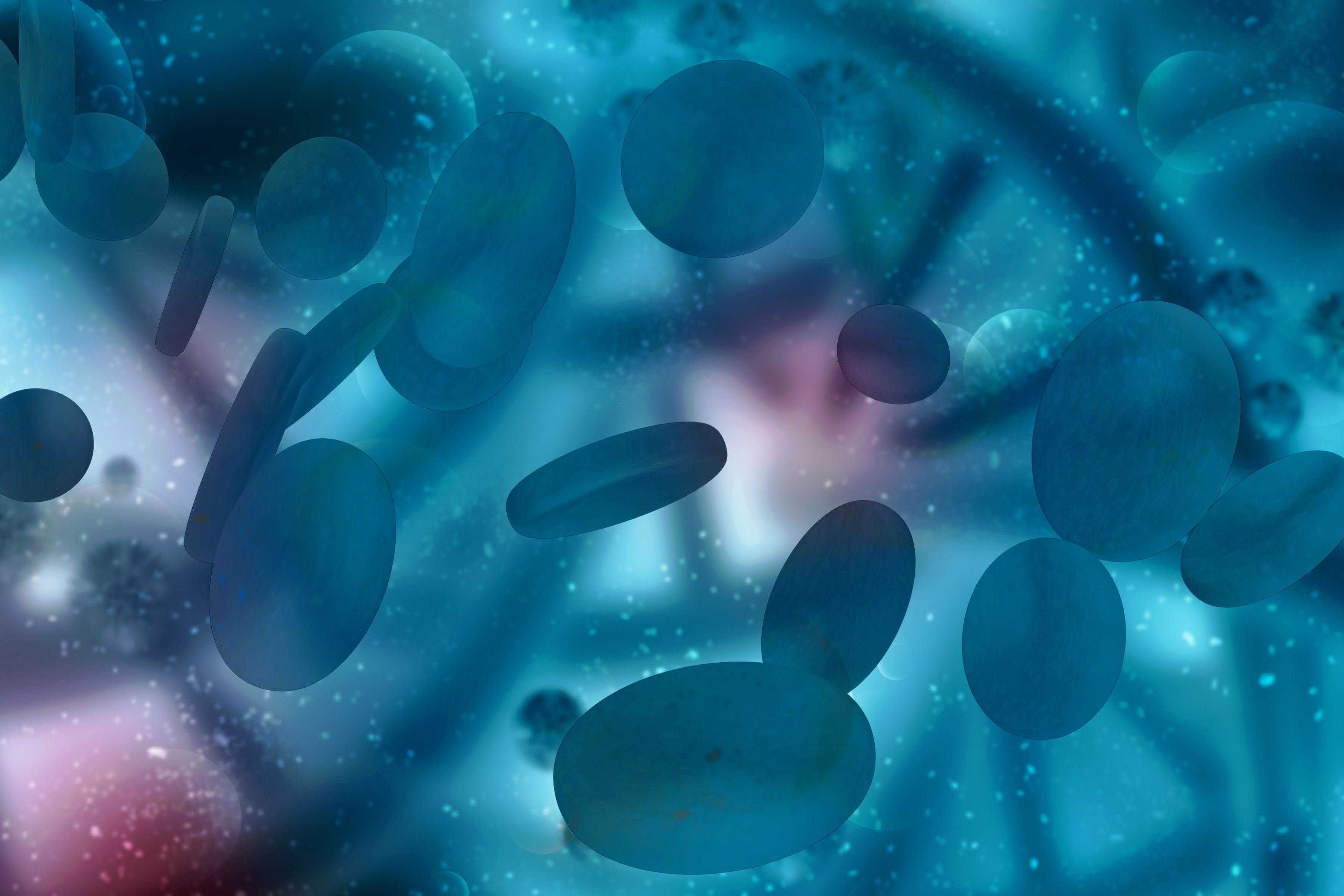Iptacopan Deliveres Hematological Benefits in PNH/Persistent Anemia
Data from the phase 3 APPLY-PNH trial show comprehensive control of intravascular and extravascular hemolysis with iptacopan in patients with paroxysmal nocturnal hemoglobinuria and persistent anemia.

Treatment with iptacopan (Fabhalta) demonstrated higher hemoglobin (Hb) levels, mean normal or close to normal Hb levels, transfusion avoidance, decreased patient-reported fatigue, and additional benefits in patients with paroxysmal nocturnal hemoglobinuria (PNH) and persistent anemia following prior anti-C5 therapy, according to findings from the phase 3 APPLY-PNH trial (NCT04558918) presented during the 2023 American Society of Hematology (ASH) Annual Meeting and Exposition.
From baseline to week 48, investigators reported an adjusted mean increase in Hb of 3.35 g/dL (95% CI, 3.04-3.67) in patients treated with iptacopan and 3.36 g/dL (95% CI, 2.94-3.79) in those who switched from anti-C5 therapy to iptacopan. The adjusted mean difference in Hb levels from week 24 to week 28 in each respective arm was a decrease by 0.41 g/dL (95% CI, –0.80 to –0.01) and an increase by 3.02 g/dL (95% CI, 2.49-3.56). The mean Hb levels at week 48 were 12.2 g/dL and 12.1 g/dL in each respective arm.
Among patients assigned to iptacopan monotherapy, transfusion independence was observed in 95.2% (n = 59/62) from week 2 to week 24 and in 91.9% (n = 57/62) from week 2 to week 48. Among patients who initially received anti-C5 therapy, 40.0% (n = 14/35) were transfusion independent; after crossing over to treatment with iptacopan, this rate increased to 94.1% (n = 32/34) from week 26 to week 48.
FACIT-Fatigue scale scores increased by an adjusted mean of 9.80 (95% CI, 8.04-11.56) in patients who received iptacopan alone and 10.96 (95% CI, 8.58-13.34) in those who switched from anti–C5 therapy to iptacopan from baseline to week 48. The mean FACIT-Fatigue scores at 48 weeks were 43.6 and 44.6 in each respective arm.
Mean absolute reticulocyte counts decreased by a mean of 106.26 x 109/L (95% CI, –117.57 to –94.96) in patients treated with iptacopan alone and by 107.95 x 109/L (95% CI, –123.18 to –92.73) in those who switched from anti-C5 therapy to iptacopan from baseline to week 48. The adjusted mean difference in change from baseline between week 24 and week 28 was an increase of 9.92 x 109/L (95% CI, –4.40 to 24.25) and a decrease of 102.29 x 109/L (95% CI, –121.57 to –83.02) in each respective arm. The mean absolute reticulocyte counts at week 48 were 80.84 x 109/L and 78.48 x 109/L.
Compared with baseline, the mean lactate dehydrogenase (LDH) levels were consistent at week 48 as determined via geometric adjusted mean ratios for the iptacopan arm (1.11; 95% CI, 1.02-1.22) and the crossover arm (0.99; 95% CI, 0.88-1.11). Additionally, the mean LDH levels at week 48 were comparable with the levels observed at week 24 in the monotherapy arm (1.12; 95% CI, 1.00-1.25) and the crossover arm (0.99; 95% CI, 0.85-1.15).
“We were able to keep the same efficacy in patients who were [randomly assigned] to the iptacopan arm; the response was the same in patients who initially received anti-C5 [therapy],” presenting author Antonio M. Risitano, MD, PhD, a professor and director of the Bone Marrow Transplantation Program at the University of Naples Federico II, said. “It is very important to say that the drug very well-tolerated with no safety concerns, even with the longer follow-up of 48 weeks.”
In the open-label, multi-center APPLY-PNH trial, patients were randomly assigned 8:5 to receive oral iptacopan at 200 mg twice a day (n = 62) or anti-C5 therapy intravenously as before randomization (n = 35) for 24 weeks. As part of an optional 24-week treatment extension period, patients were able to continue iptacopan monotherapy or switch over to the experimental agent if they initially received anti-C5 agents.
Efficacy outcomes of interest included changes from baseline in Hb levels, FACIT-Fatigue scores, absolute reticulocyte counts, and LDH levels. Other efficacy end points included red blood cell transfusion independence and clinical breakthrough hemolysis (BTH) and major adverse vascular events (MAVEs). Safety end points included treatment-emergent adverse effects (TEAEs), serious TEAEs, and treatment discontinuations or death following TEAEs.
Patients 18 years and older with a PNH diagnosis and a mean Hb level of lower than 10 g/dL at baseline were eligible for enrollment on the study. An absolute reticulocyte count of at least 100 x 109/L was another eligibility criterion.
The mean patient age in the overall cohort was 51.0 years. Most patients in the iptacopan monotherapy and anti-C5 therapy to iptacopan arms, respectively, were female (69.4% vs 68.6%), received eculizumab (64.5% vs 65.7%), and underwent red blood cell transfusions (56.5% vs 60.0%).
BTH was reported in 3.2% (n = 2/62) of patients in the monotherapy arm from week 1 to week 24 and in 8.2% (n = 5/61) from week 24 to week 28. Additionally, investigators highlighted BTH in 17.1% (n = 6/35) of patients who received anti-C5 treatment from week 1 to week 24 and in 2.9% (n = 1/34) in of those who switched over to iptacopan. According to Risitano, most BTH events were mild or moderate in severity among patients in the monotherapy arm; these events were generally mitigated without discontinuation of the study agent. MAVEs affected 3 patients in the trial, and the overall adjusted MAVE rate across both treatment arms was 0.04 (95% CI, 0.01-0.13).
In the monotherapy arm, any-grade TEAEs affected 93.5% of patients. The most frequent toxicities of this kind included COVID-19 (29.0%), headache (19.4%), diarrhea (16.1%), and nasopharyngitis (14.5%). Investigators reported no treatment discontinuation related to TEAEs or toxicities resulting in death.











